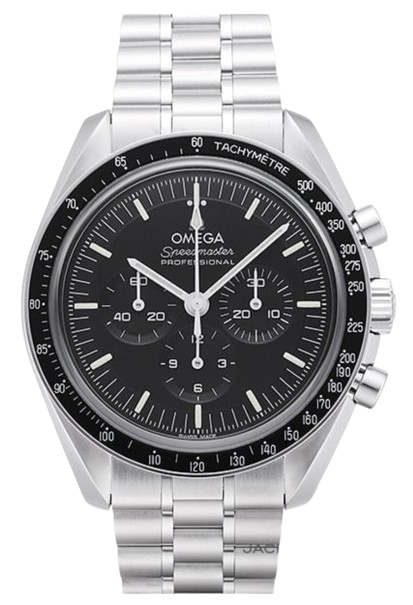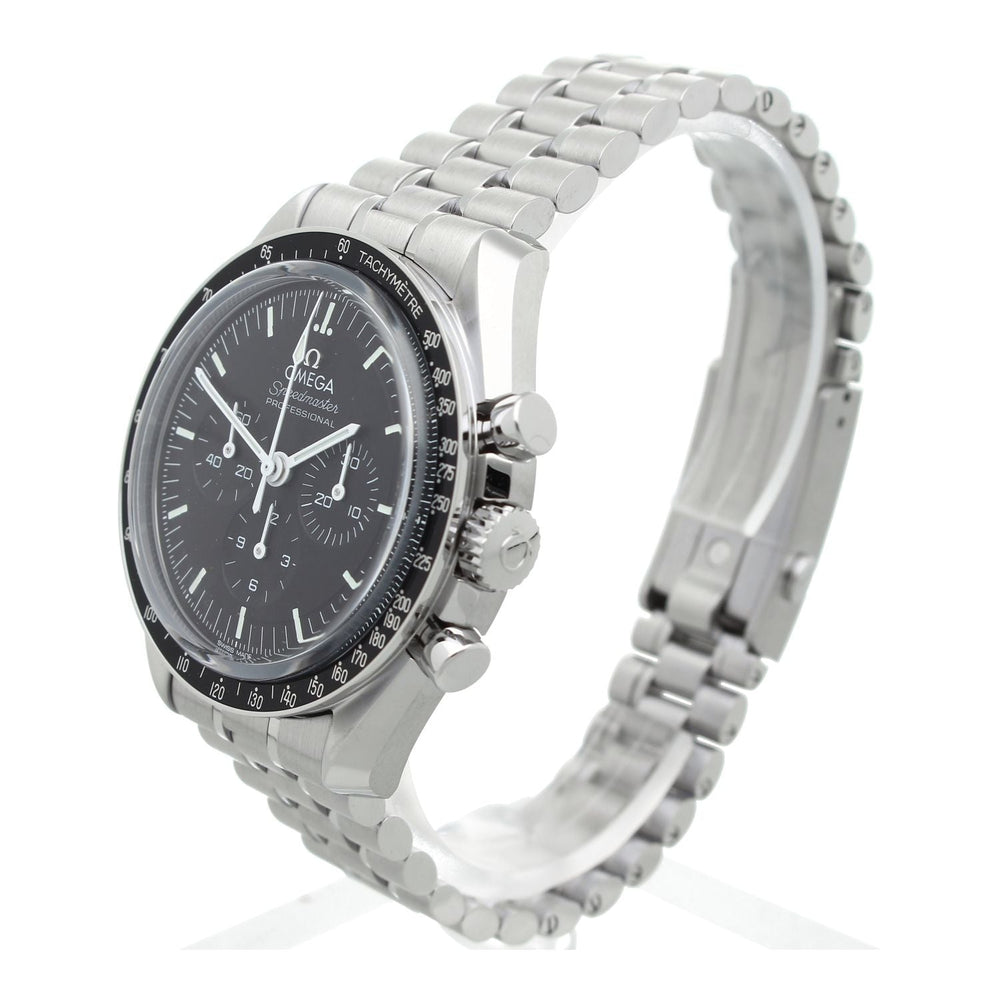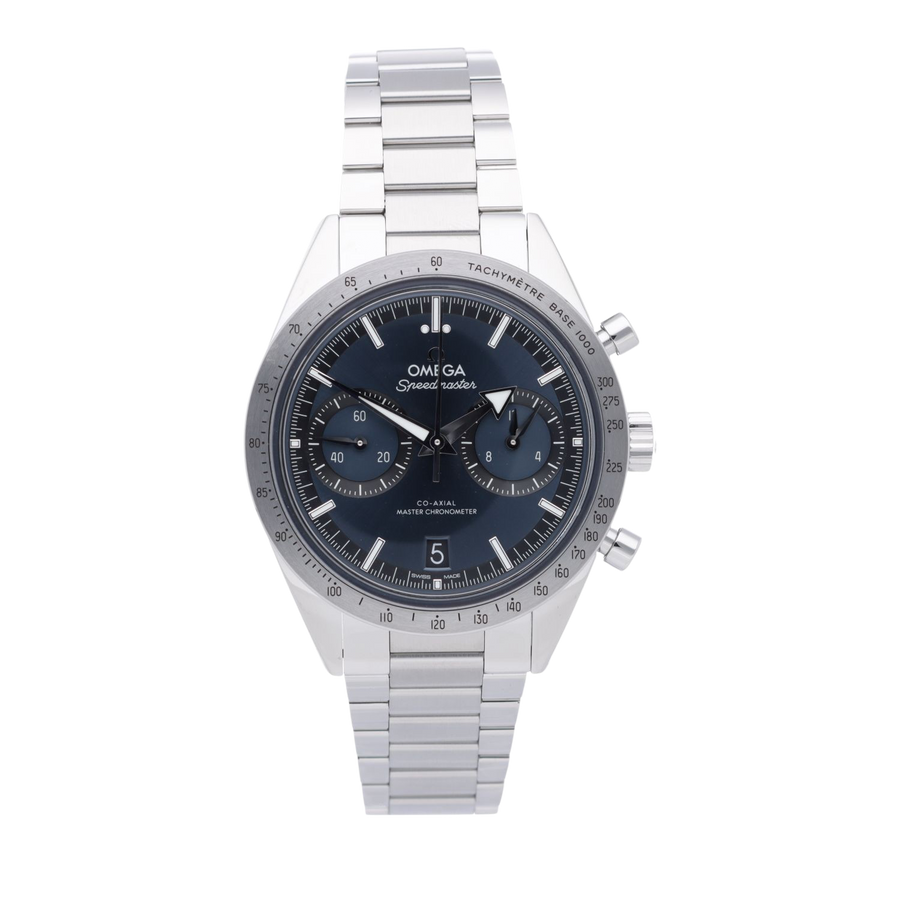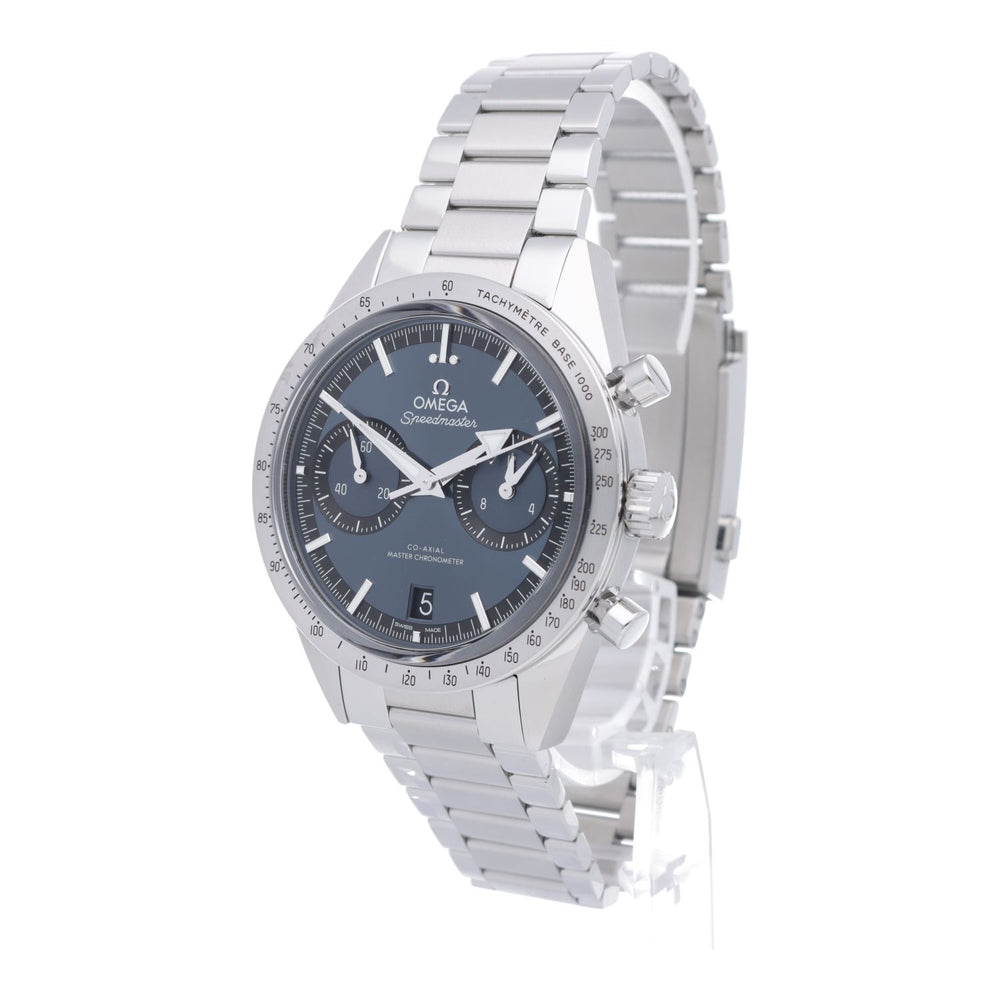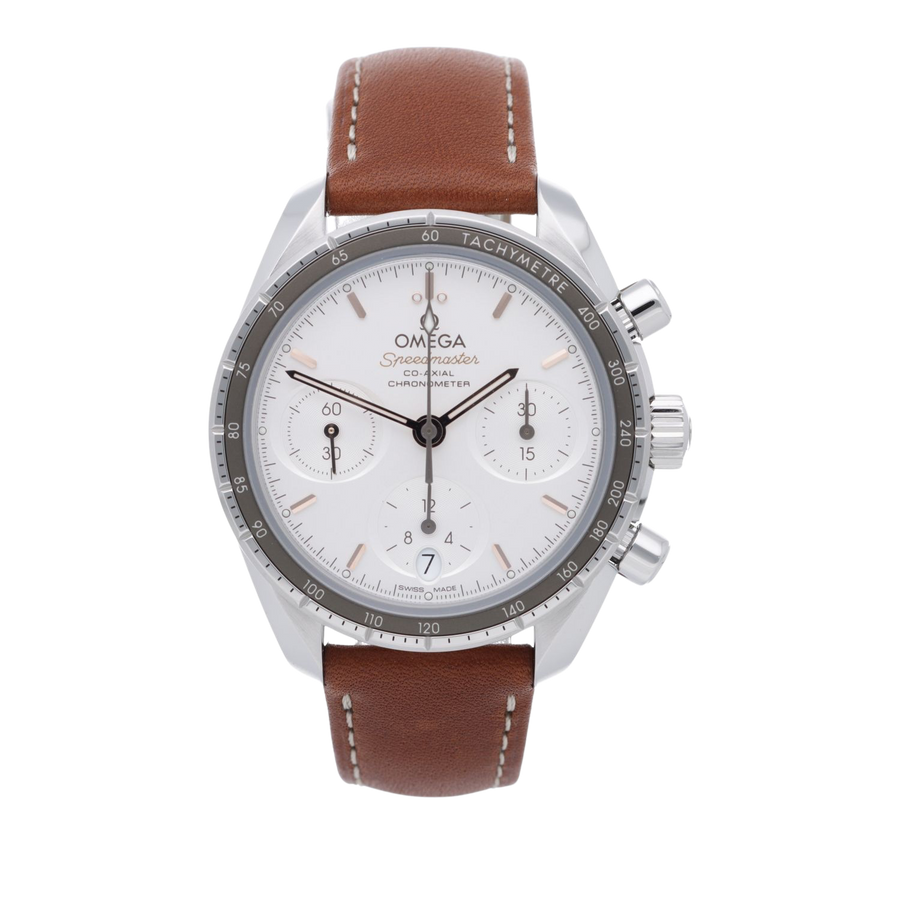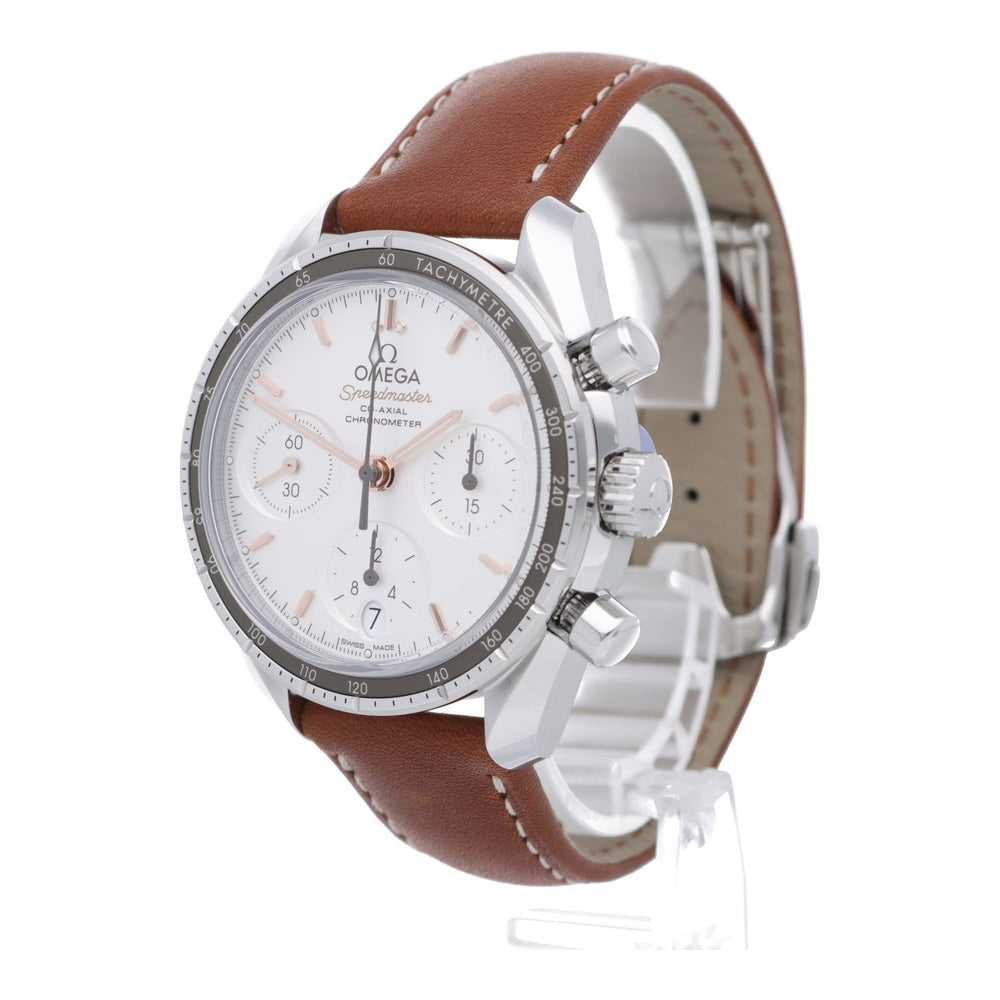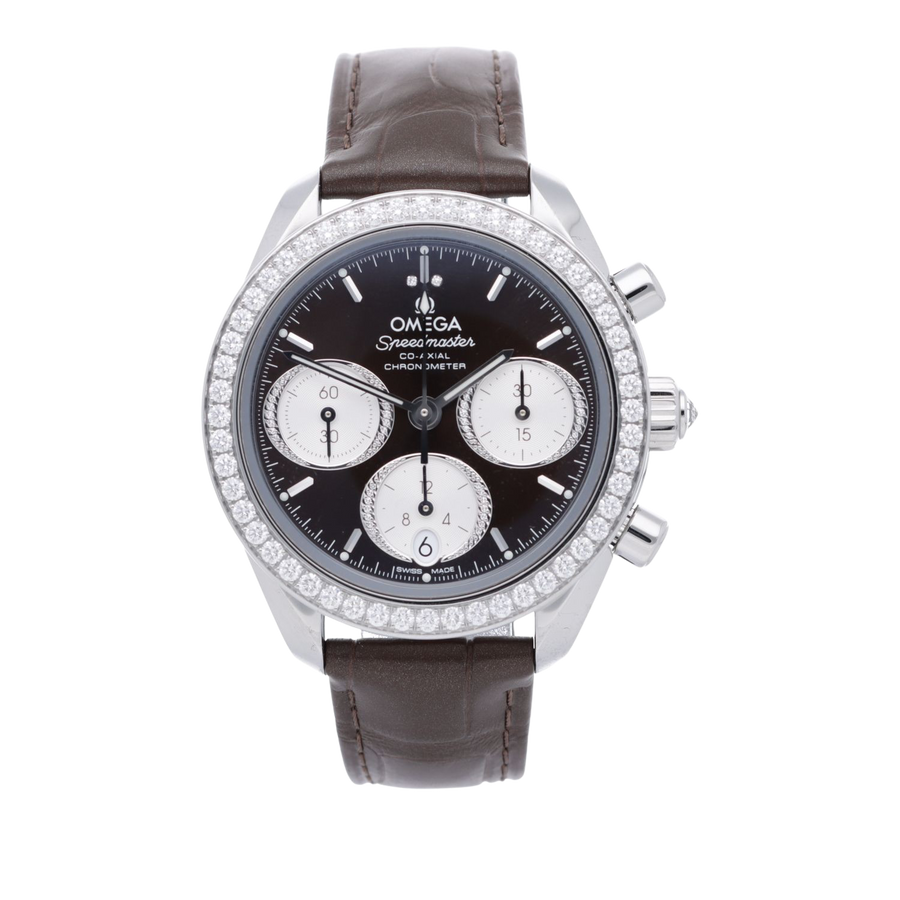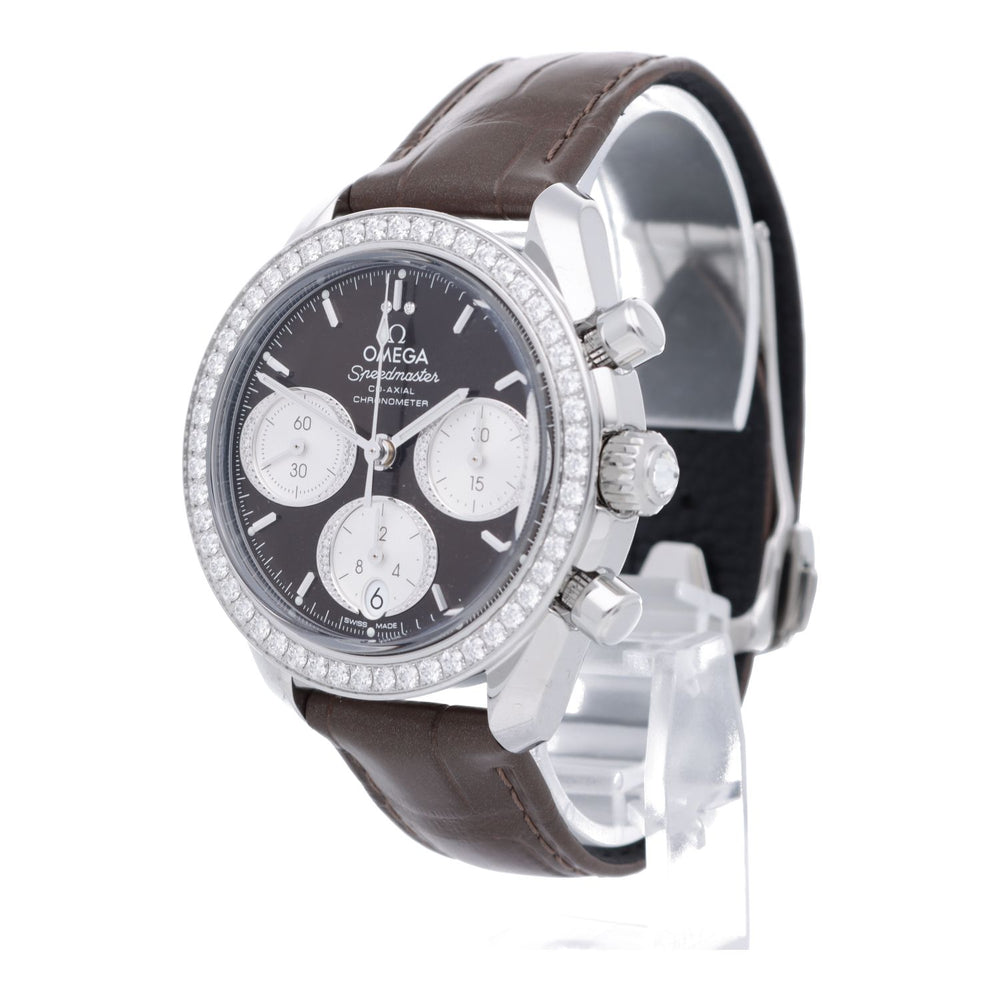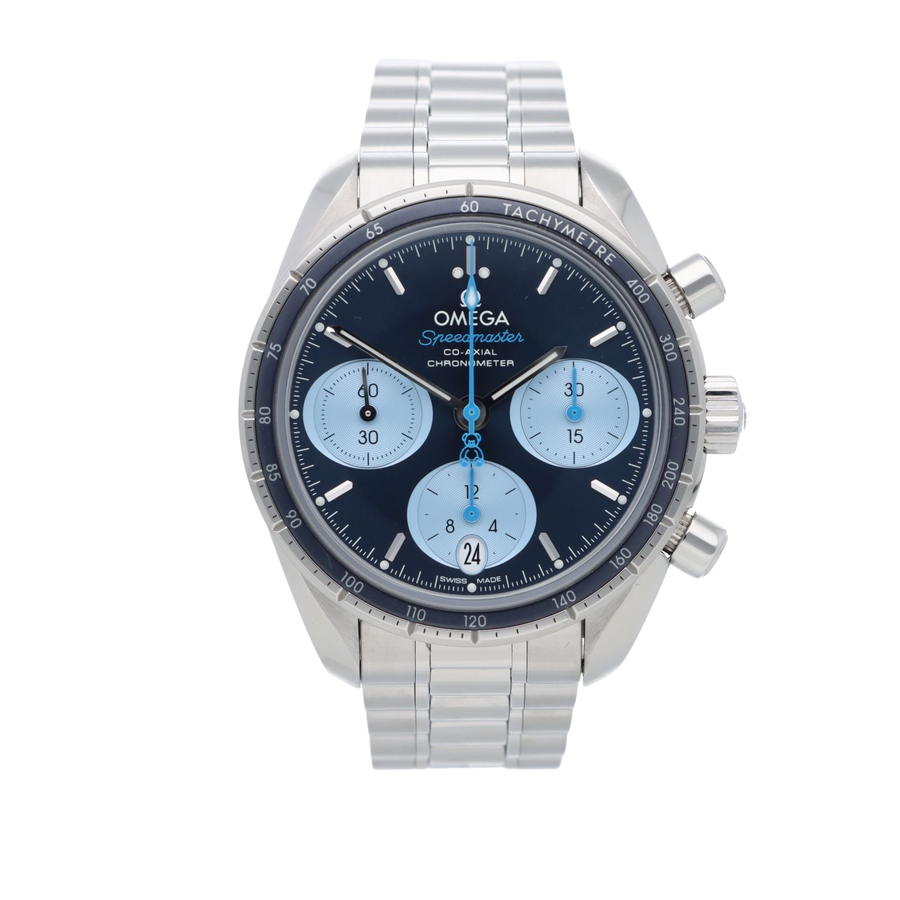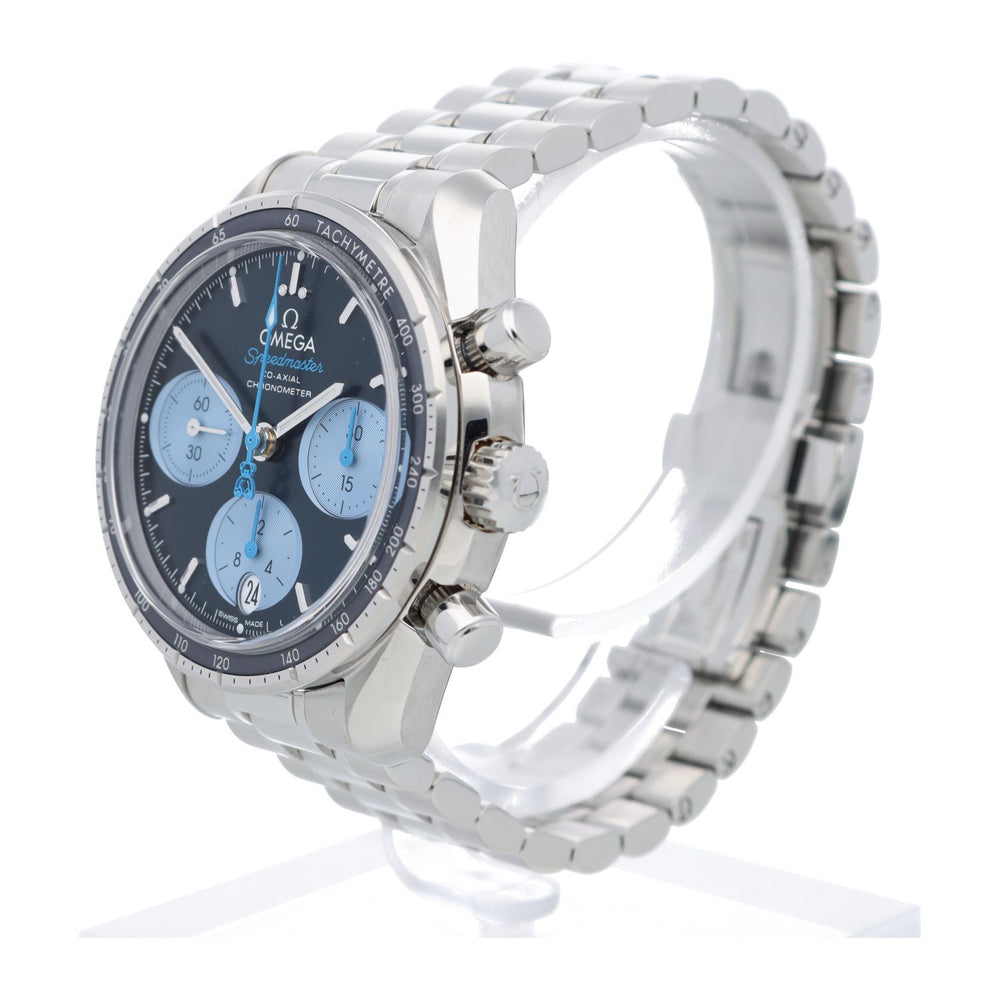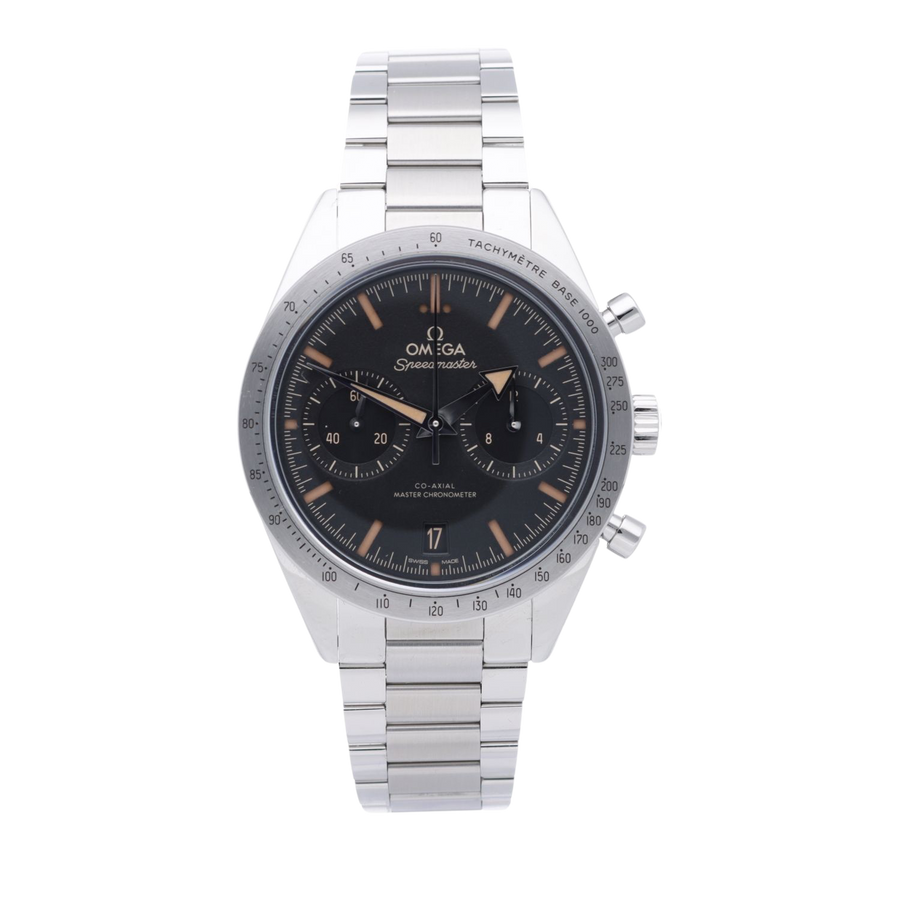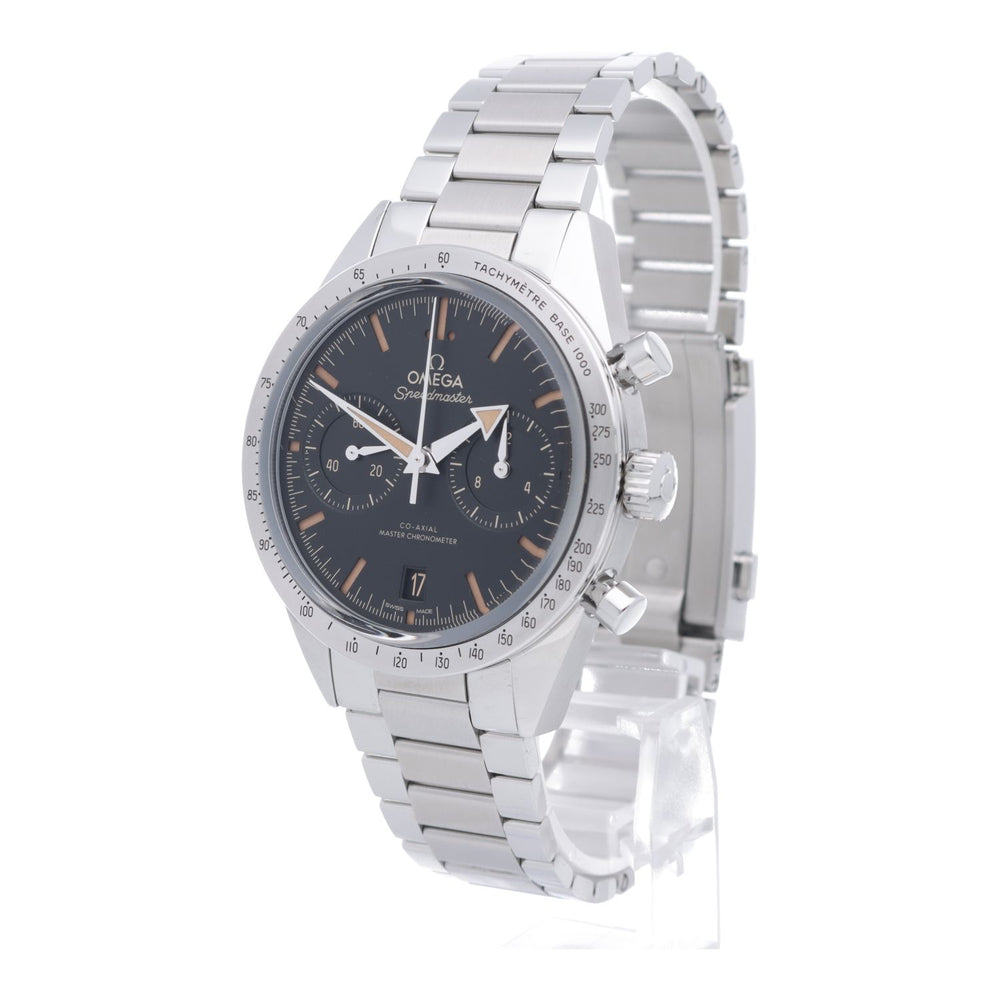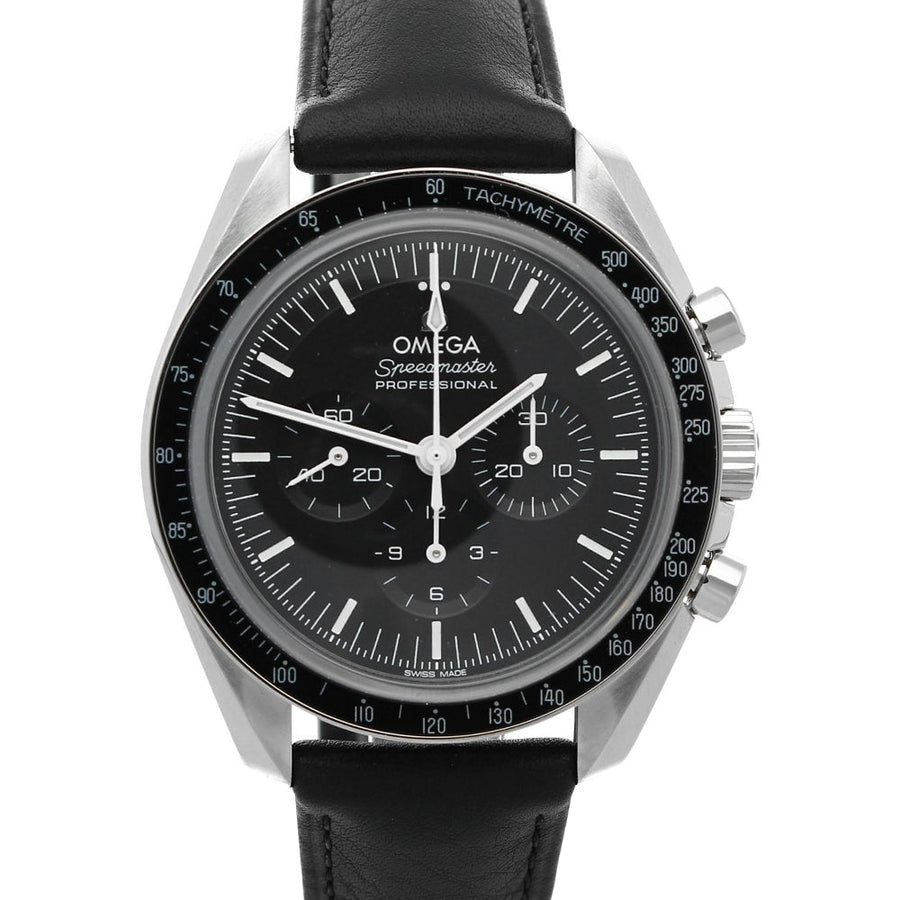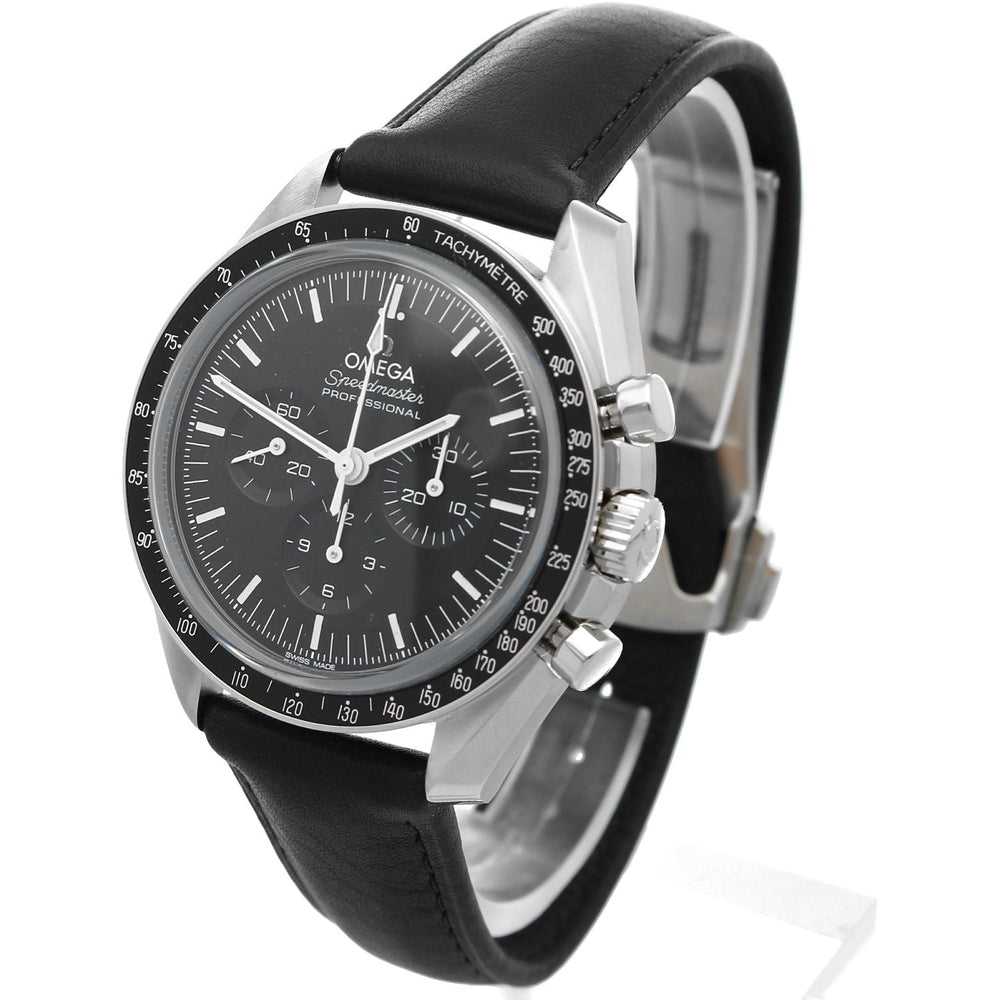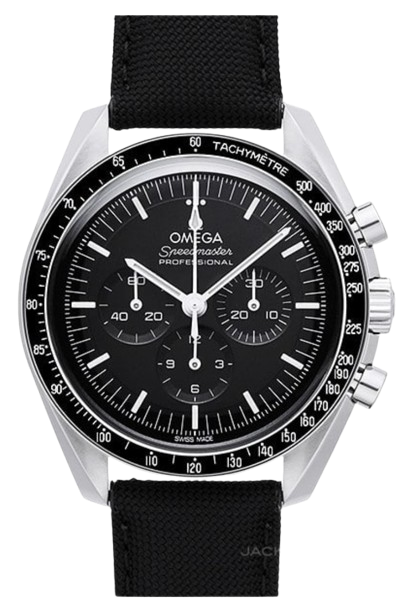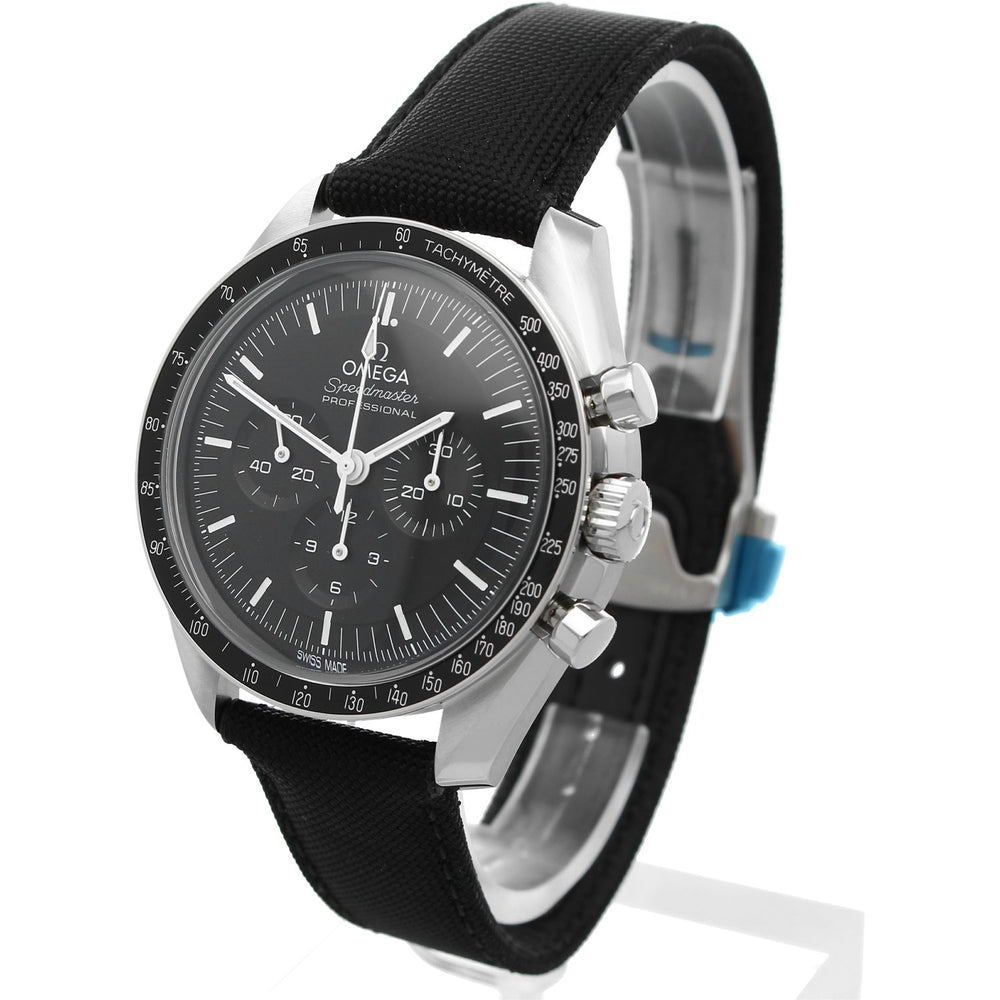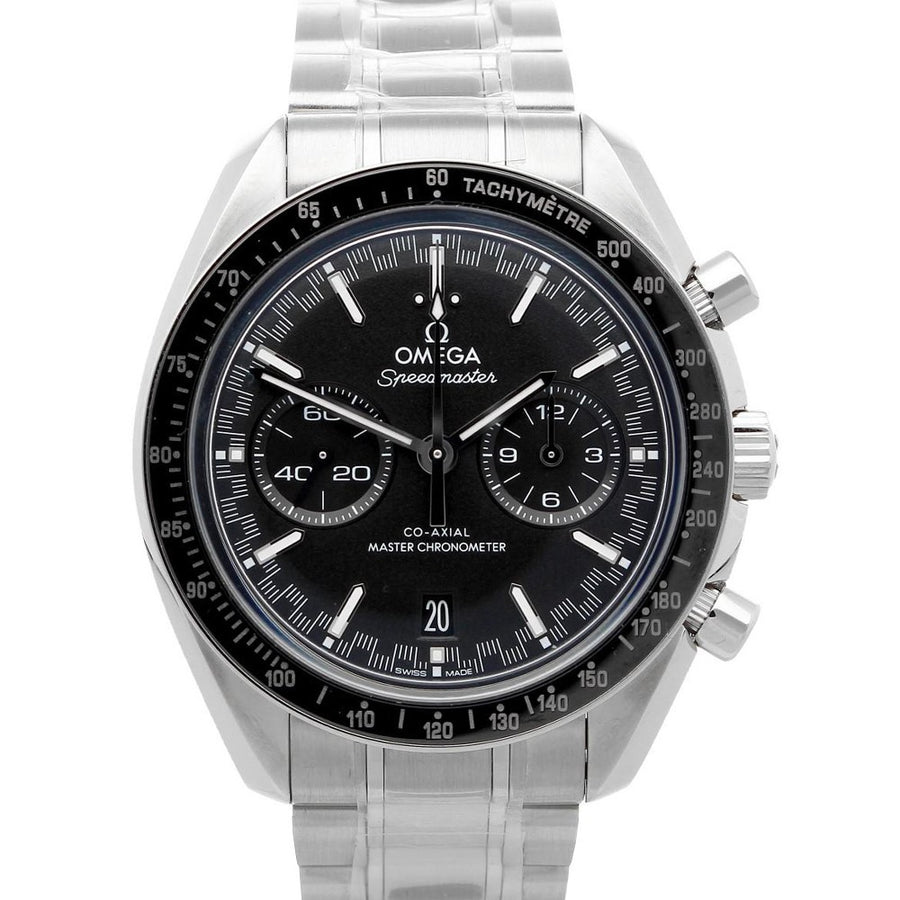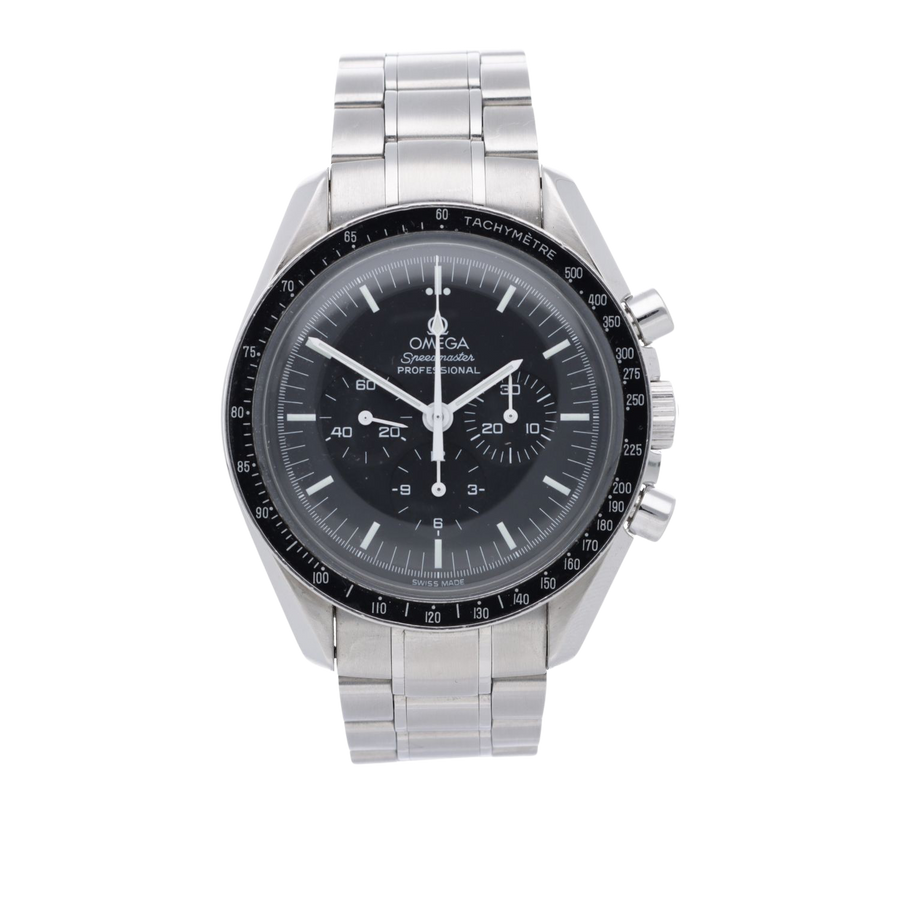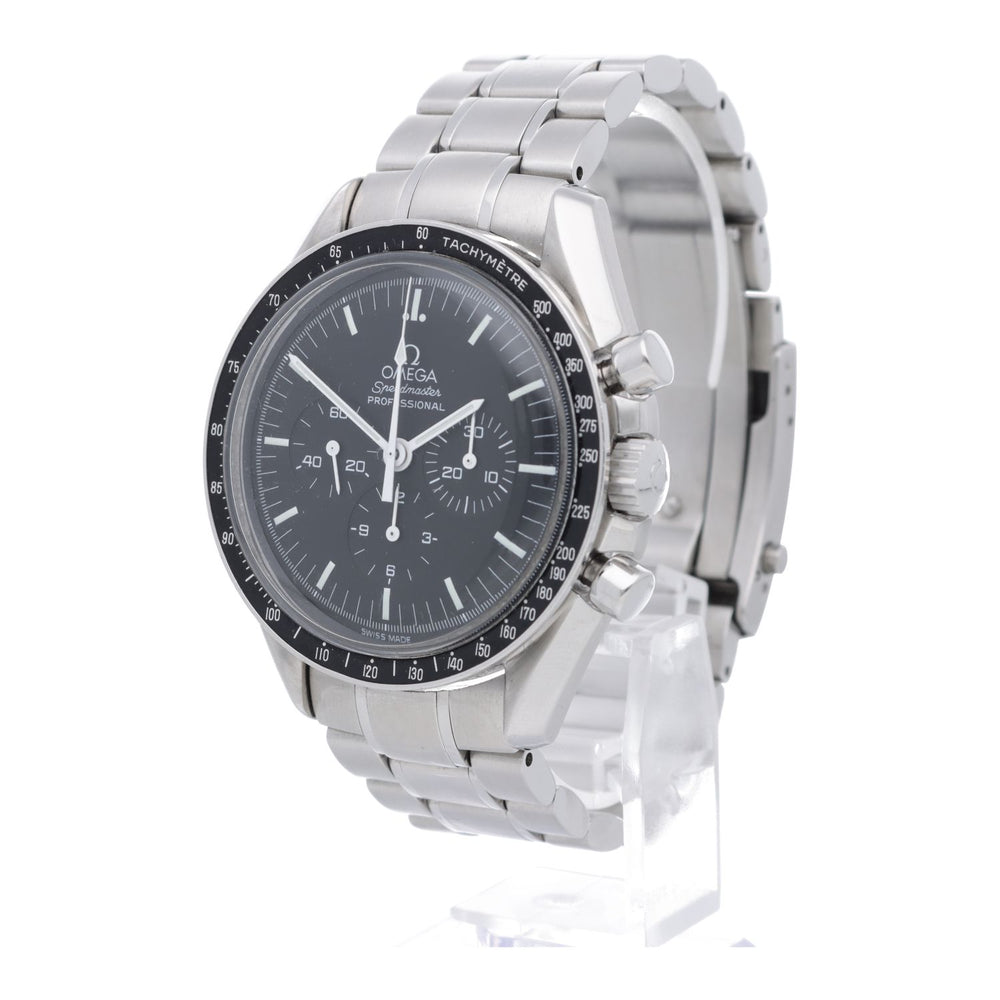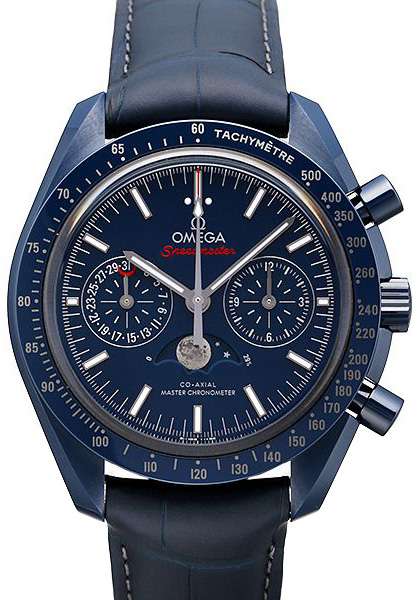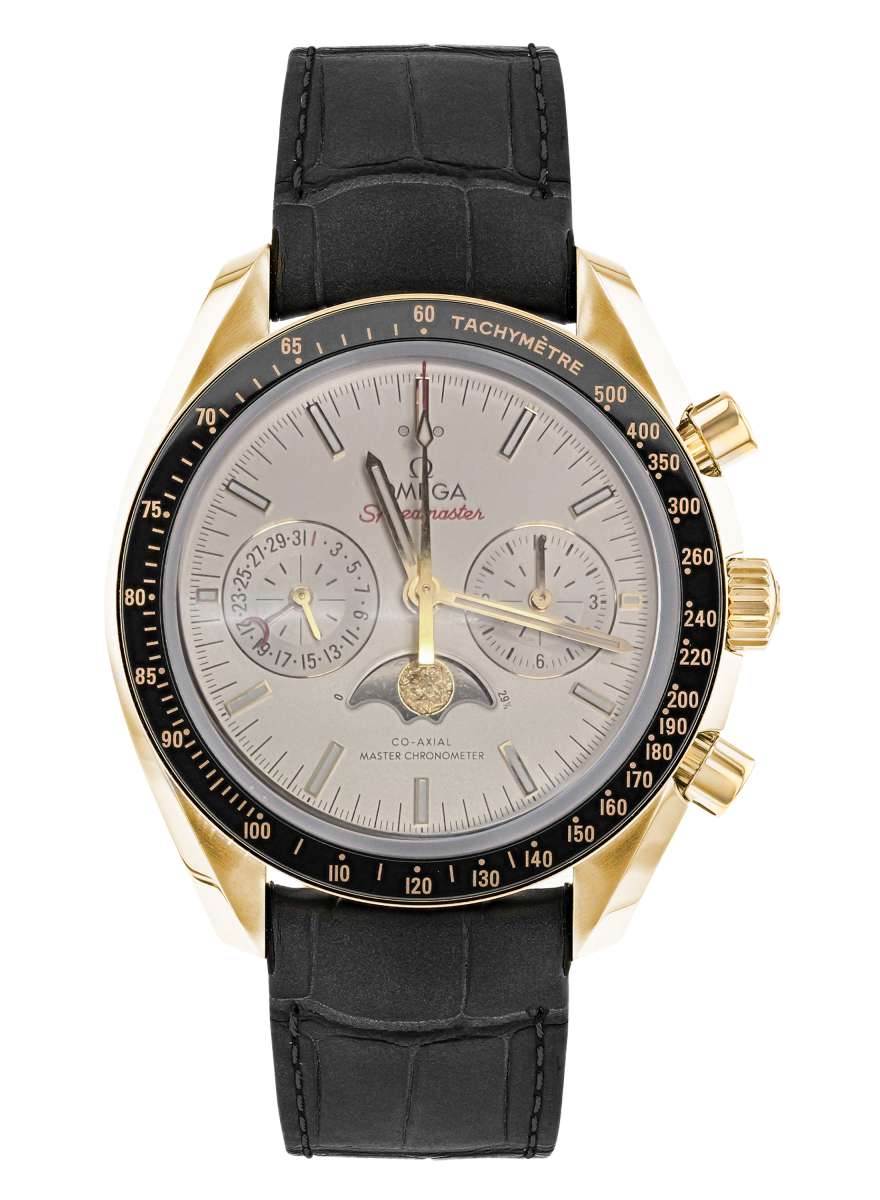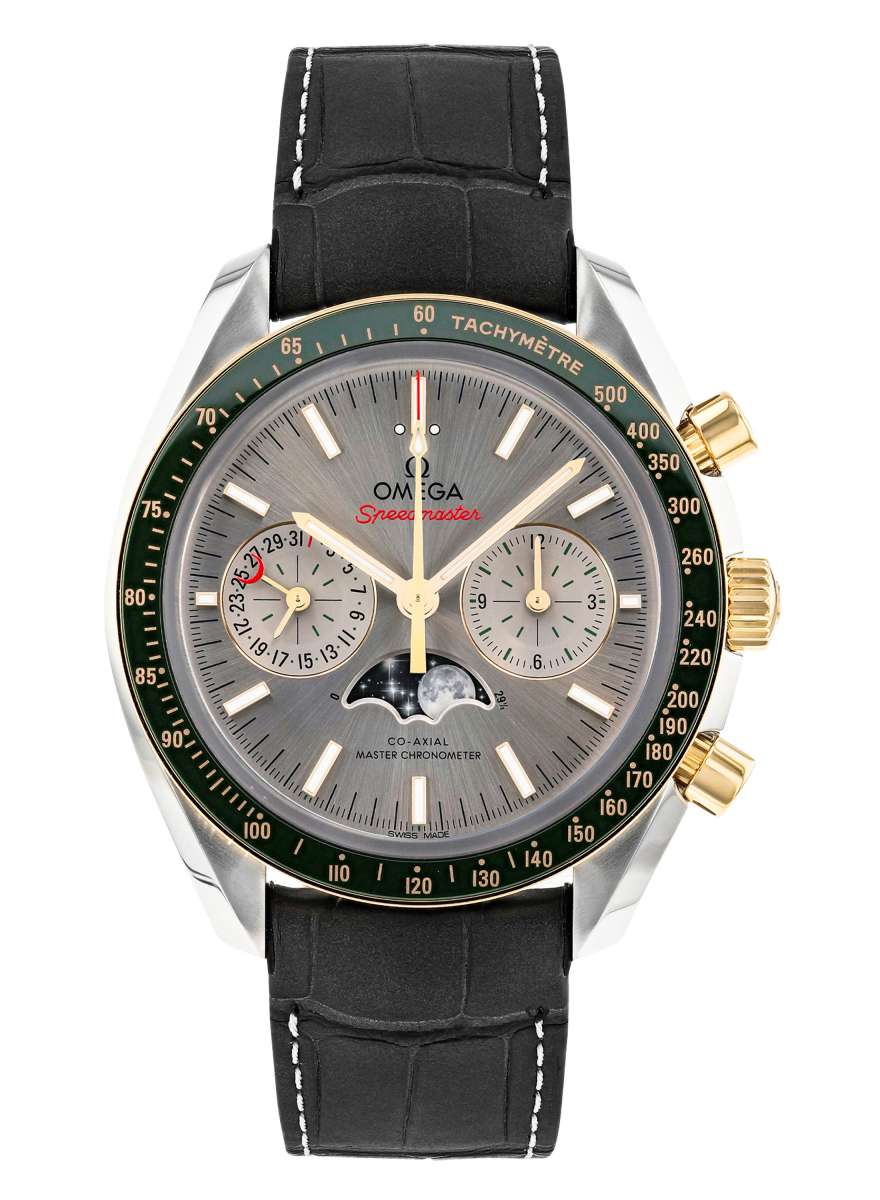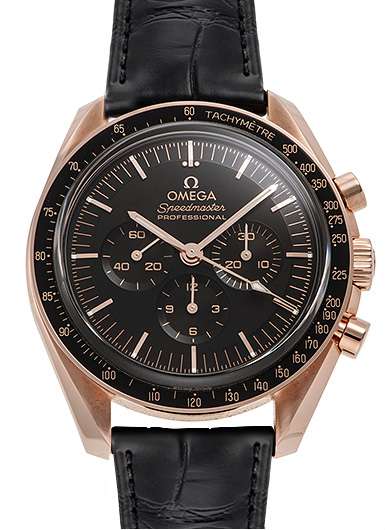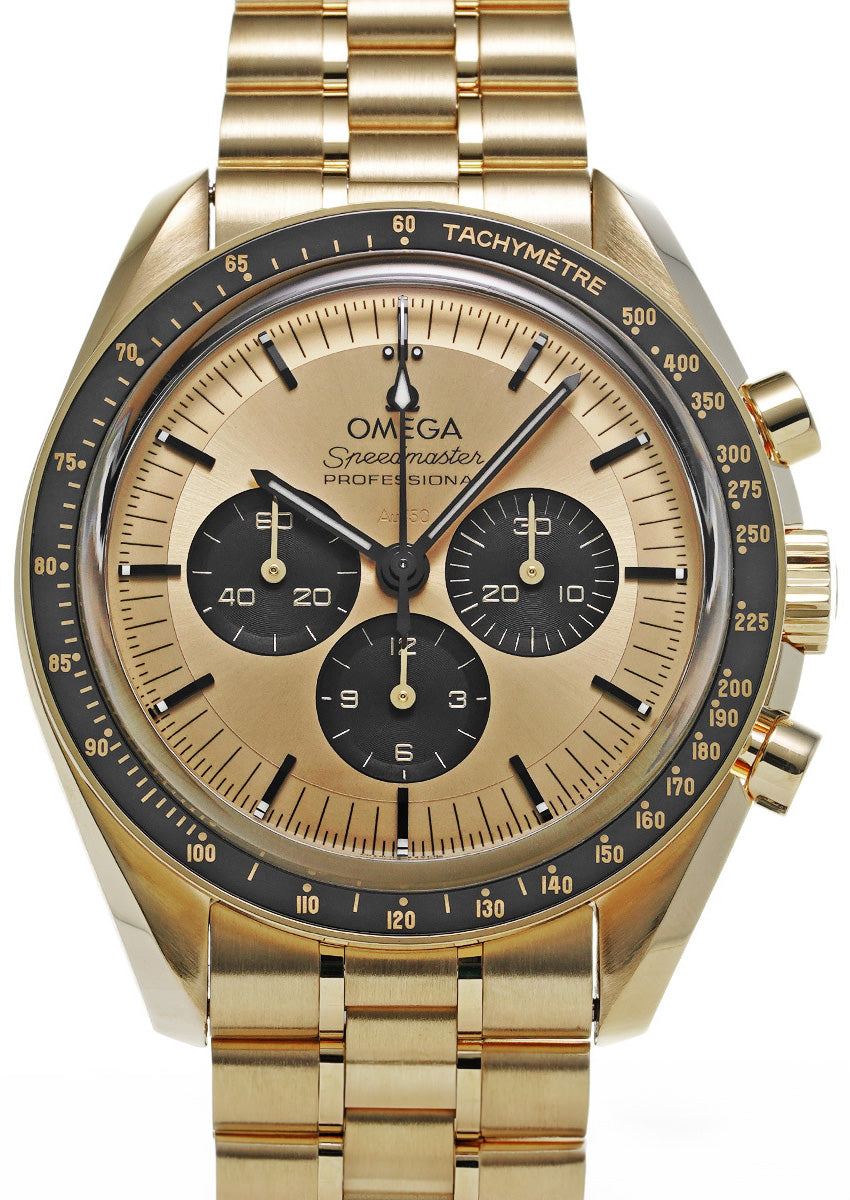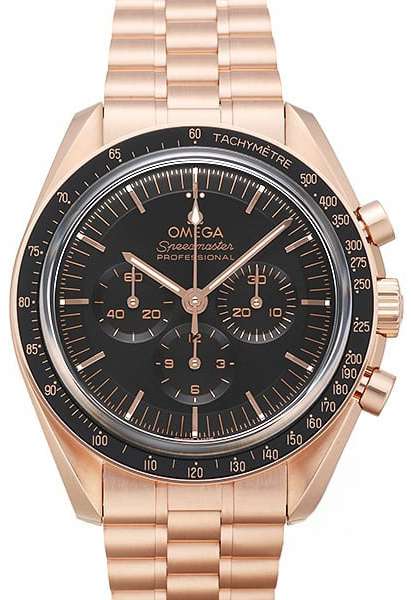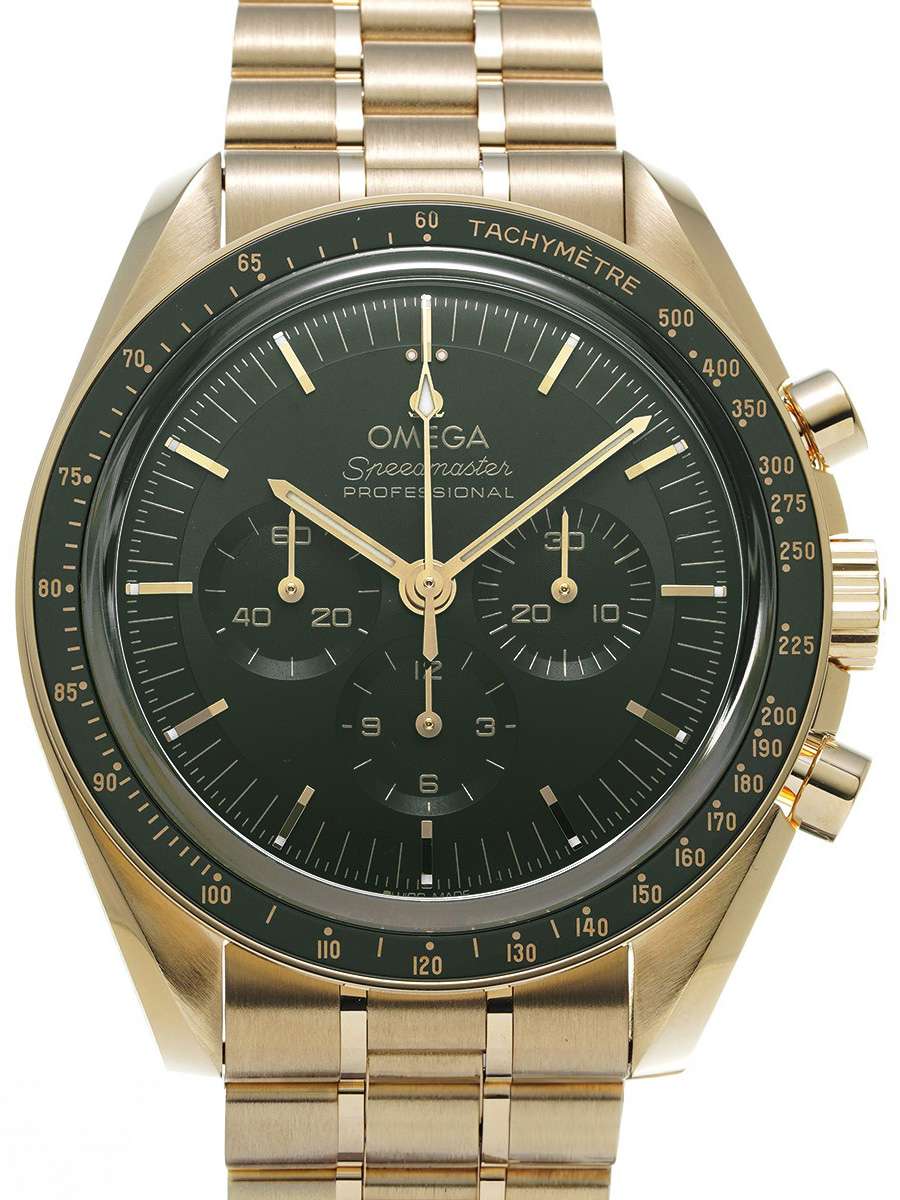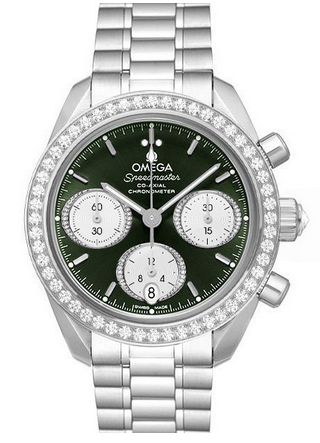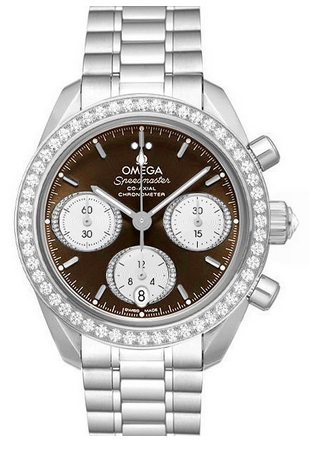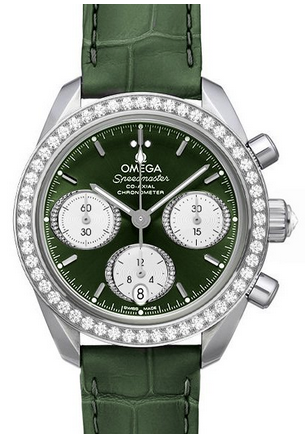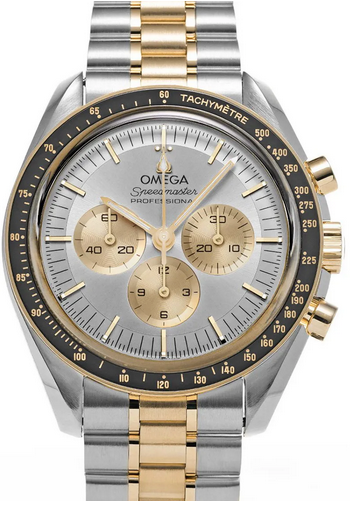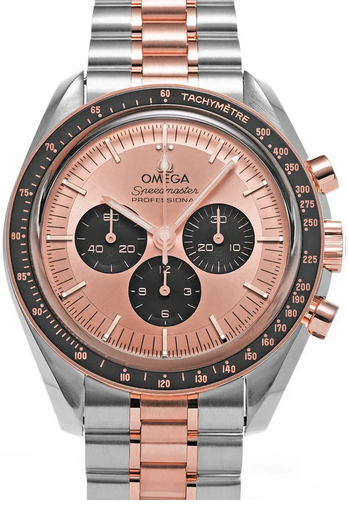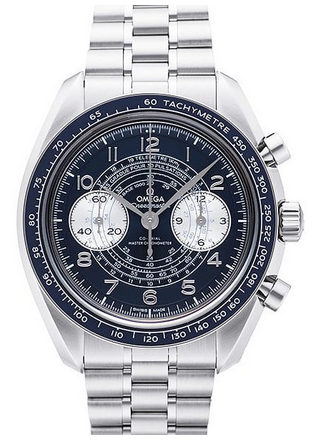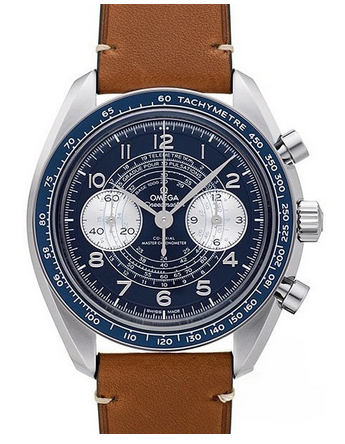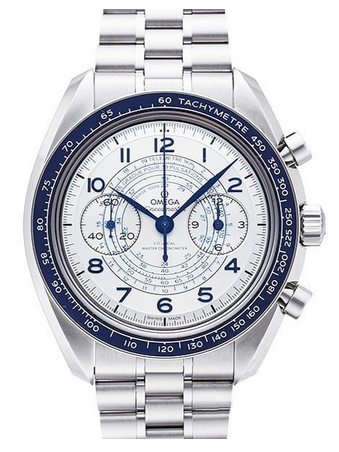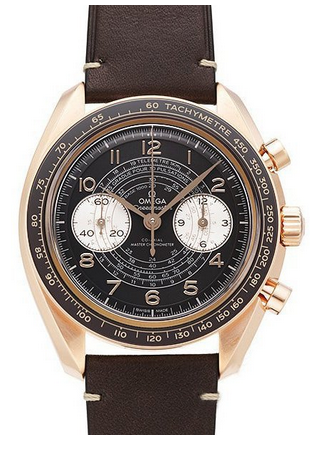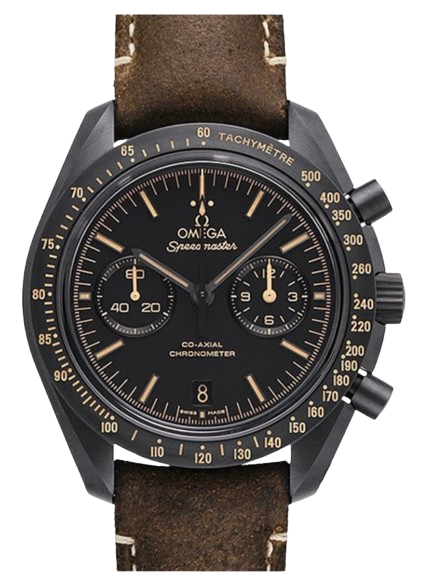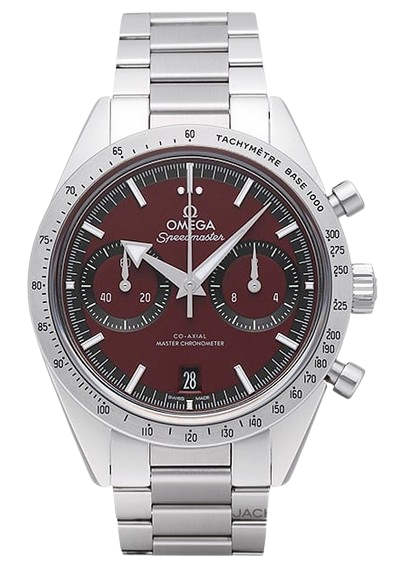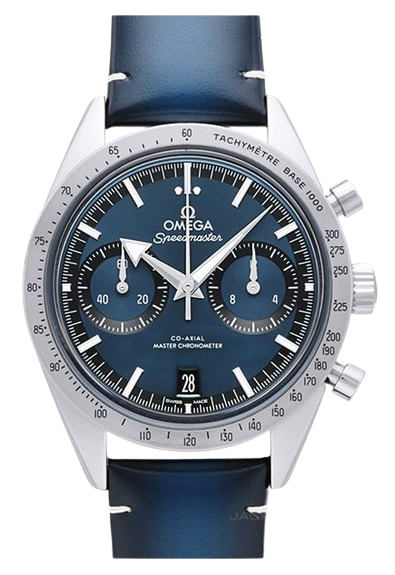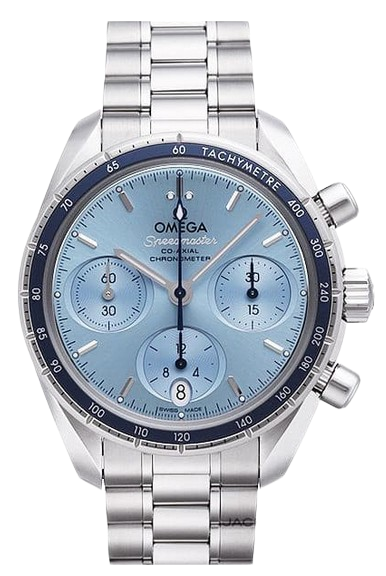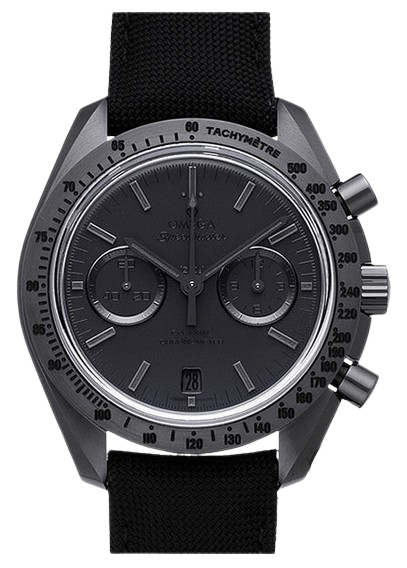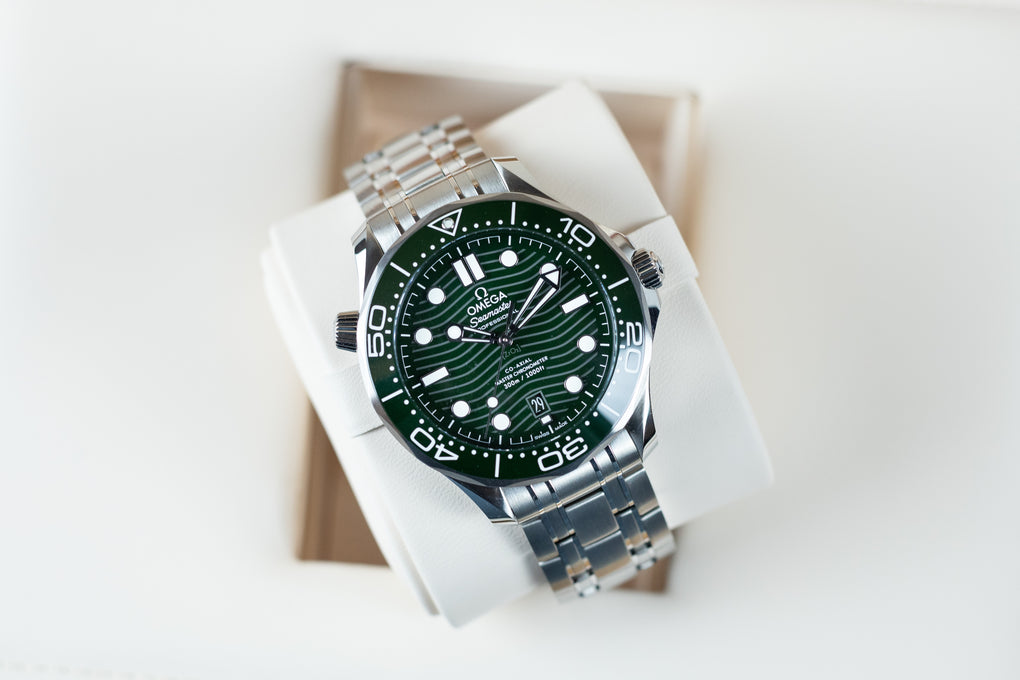Classics fit into every new era
Only in the development of the Omega Speedmaster calibers were there marginal improvements, from the caliber 321 with column wheel - the company's first chronograph movement - from 1942 to the caliber 1863. All of them are top performers in their category, which characterize and highlight their wearers. You simply feel like a completely different person - with a luxury watch on your wrist that fascinates not because of its value, but because of its astonishing uniqueness. But the noble simplicity is also attractive: precise, stable, easy to handle, perfectly legible, it is very popular when buying watches online, and not just among sworn Omega fans. Its high safety factor is also convincing - because no luxury watch in the world has been tested as intensively and often as it has. It is therefore no surprise that the vintage models from the sixties and seventies, as long as they are still in their original condition, are hunted down by collectors and experience interesting increases in value.
A chronometer whose design can withstand the eventualities of space
The Omega Speedmaster is suitable for flight and all-terrain use, as attested to by both major space-faring nations. Since the early 1960s, the US space agency NASA has been looking for a watch that could accompany American astronauts not only into space, but above all to their ambitious goal of landing on the moon. Examples of the Speedmaster Professional, purchased anonymously from various dealers, were subjected - along with other candidates - to the toughest tests for their suitability for weightlessness, extraterrestrial magnetic fields, extreme vibrations and serious shocks, and for functioning within a temperature range of between -18 and +93 degrees Celsius. Temperature pressure chambers with high fluctuations in pressure, temperature, humidity, acceleration, decompression and oxygen content played a crucial role. The Speedmaster kept its promises: accuracy, pressure resistance, legibility under different lighting conditions, water resistance, shock resistance, anti-magnetism and shatter resistance. The fact that the Omega Speedmaster Professional can be operated manually, electrically or self-winding was an additional plus.
A success story that Omega luxury watches do not experience every day
Since then, the extraterrestrial career of the Speedmaster has been exceptional: it was carried into space by the Gemini 3 pilots, Ed White wore it on the first spacewalk in 1965, and on July 21, 1969, it was present when humanity took its first steps on the moon. The fact that the watch worn by Buzz Aldrin was lost and, strangely enough, never saw the light of day is one of the legends surrounding the Omega Speedmaster Moonwatch. In 1970, the chronograph saved the crew of the Apollo 13 mission from what seemed an inevitable catastrophe, and since 1978 it has been part of the equipment of the space shuttle program. The fact that Russian cosmonauts also swear by the Speedmaster is a fine example of how perfect precision and exceptional technology can overcome ideological barriers.
Exceptional luxury watches for everyday astronauts
The Omega Speedmaster Skywalker with titanium strap harks back to the past of the Moonwatch. An ultra-precise functional quartz movement with functions tested and further developed by the ESA, based on the patent of astronaut Jean-Francois Clervoy. The Omega Speedmaster Skywalker C-33 displays three different time zones, has PET, timer, chronograph qualities, alarm functions and a perpetual calendar. The Speedmaster Racing may not be as legendary as the Moonwatch, but its outstanding features are no less impressive than those of its well-traveled sister. The chronograph and strap are made of cool steel, and inside beats the powerful heart of an automatic chronograph movement, which, with its column wheel mechanism and co-axial escapement, is responsible for greater precision and durability. The Speedmaster Racing with Omega 3330 caliber is certified as a chronometer and is powered by a free "Si14" silicon balance spring.












